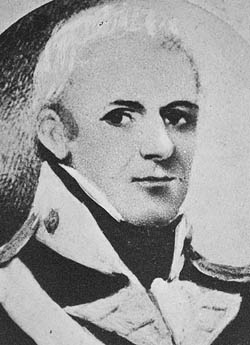William Stewart's Shipbuilding Site
Port Pegasus is a harbour located on the southeastern side of Stewart Island and is believed to have been the first permanent European settlement on the island, though it is currently uninhabited.
Site History
Captain William Stewart first proposed colonization of Stewart Island in 1824 and, with the financial backing of Thomas and David Asquith (english merchants), embarked in January 1826 with a party of settlers (9 men and 9 Maori women), as well as 6 months of supplies.
Originally attended to be a ship building site, a sealer named John Boultbee arrived at the Port to find the project abandoned and the settlers distraught for food, as Stewart had not returned with fresh supplies in over a year. They were forced to turn to any sustenance they could find in the area, mainly mussels and cockles. On a second visit, in 1828, Boultbee found them working on a second, smaller ship, though they had no nails or other standard building materials. They used wooden pegs to hold the ship together and flax for the sails and rope.
In 1829, William Cook (an English shipbuilder) found employment elsewhere and moved. Though some of the founding settlers remained there longer than him, the harbour is now uninhabited.
Upon the death of one settler, Benjamin Turner, many years later, his recollections of the experience were shared in The Daily Southern Cross newspaper.
The site was first suggested as being the location of William Stewart's shipbuilding site by Basil Howard in his book, Rakiura (1940).
